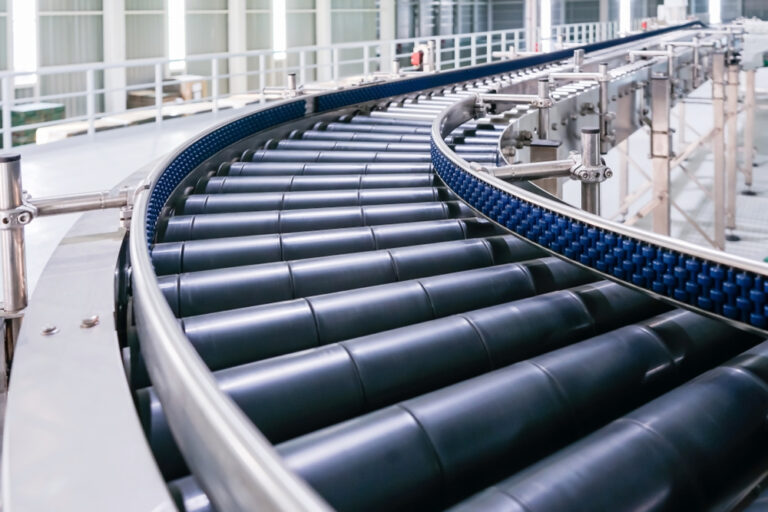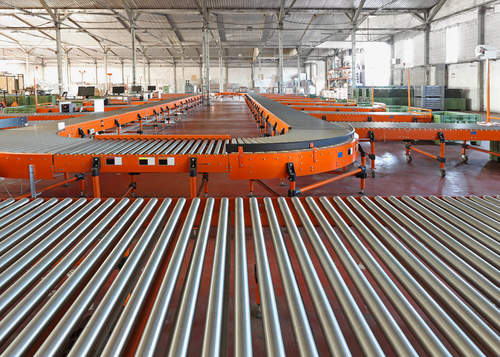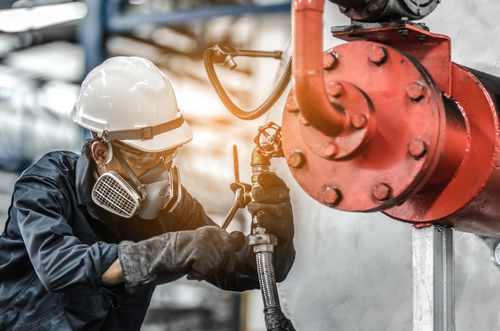If your daily business operations rely on mechanical equipment of any kind, you understand the stress of machine failures. When your machines don’t perform their jobs correctly or efficiently, this can slow down and even completely stall your operations.
While the specific mechanical issues depend on the machine experiencing them, machine troubleshooting is standard across the board. So before you start Googling “machine repair near me,” let’s explore everything you need to know to troubleshoot the problem and set expectations for what type of mechanical support you will need.
Types of Mechanical Failures
Mechanical failures fall into three categories: sudden failures, gradual failures, and intermittent failures. To avoid business interruptions, you need to understand the types of failures so you can more quickly diagnose and resolve a problem.
Sudden Machine Failures
Sudden machine failures happen when a machine stops working abruptly and unexpectedly. These failures often lead to emergency repair situations and may result from an unnoticed gradual failure. Sudden failures include issues like bands snapping, wires melting, or parts and tools breaking.
Intermittent Machine Failures
An intermittent failure is one that oscillates between failing and working properly, usually because it’s on its way to a full failure. Some examples of intermittent failures include a flickering bulb, a dying battery, or a sputtering engine that usually works fine when started up again.
Gradual Machine Failures
Gradual failures are typically the result of wear and tear over time, like parts wearing down as they move against one another or the buildup of debris in a pipe. These issues can be resolved before a complete failure by monitoring and maintaining mechanical equipment instead of waiting until total failure occurs.
Common Signs of Mechanical Failure
To resolve mechanical problems before they become failures, it’s important to know what signs to look for. Here are some common signs of impending failure to include in quality control checks of your equipment:
- Strange noises
- Leaks
- Parts heating up significantly
- Burning smells
- Clogged or corroded pipes
- Vibrating more than usual
To put it simply, if you detect any unusual sights, sounds, or smells around your mechanical equipment, it’s worth investigating further.
Common Causes of Mechanical Failure
Mechanical equipment can fail for any number of reasons, but the majority of problems fall into one of these categories:
Normal Wear and Tear
Nothing lasts forever, and that includes your company’s machinery! Failures in heavily used, longtime equipment may simply be the result of typical wear and tear that requires maintenance or replacement.
Poor Maintenance
Speaking of maintenance, equipment that isn’t well cared for will not last as long. Check with your manufacturer to see how often the equipment in question needs to be cleaned, assessed for potential issues, and serviced by a professional mechanical contractor.
On the other hand, too much maintenance can also cause problems. For example, if you’re cleaning your machinery too thoroughly, you may inadvertently clear away grease and oils that help lubricate parts and keep things moving and running smoothly. Smart maintenance requires balance.
User Error
Doing it yourself is usually not the best way to handle heavy equipment maintenance. Not only can this lead to injuries if you are not professionally trained, but you can inadvertently damage the equipment you’re trying to repair.
Furthermore, incorrect operation of your equipment can wear on it in ways it isn’t designed to withstand. Train anyone using the equipment to follow proper procedures, and thoroughly read the user manual before assembling, servicing, or using the machinery.
Five Basic Steps to Troubleshooting Any Machine Problem
While we don’t recommend actually servicing the machinery yourself, troubleshooting can be a helpful way to determine if the equipment even requires maintenance. It’s better to find out now that all you needed to do was plug it in, rather than after you’ve paid a mechanical contractor to assess the situation.
Here are five steps you should follow for machine troubleshooting:
1. Check that there actually is a problem
The problem could result from an employee missing a step in the process, forgetting to close a panel or plug something in, or it may have been a one-time fluke. Assessing the machinery to ensure there actually is a problem is the first step to troubleshooting.
2. Find the root cause of the issue
Once you are certain of the problem, try to determine what is causing the issue. Is there something stuck in the gears? Does it simply need a good cleaning? Or is there a part failing that needs to be serviced? Look at the more obvious root causes first, and only take the machinery apart in your search if you are absolutely positive you can reassemble it properly.
3. Correct the root cause
Most of the time, this step is where you need to contact a professional mechanical contractor. Expert mechanical engineers like our team at Mathews Mechanical are highly trained to inspect, assess, and resolve almost any mechanical problem you throw their way. If the root cause of the failure isn’t a simple “Did you try turning it off and back on again” fix, leave the repairs to the professionals!
4. Make sure the problem is solved
Once your machinery has been serviced, test it to make sure the problem doesn’t reoccur. If the problem occurs again even after professional repair, contact your mechanical engineer to let them know so they can come back and reassess the situation.






